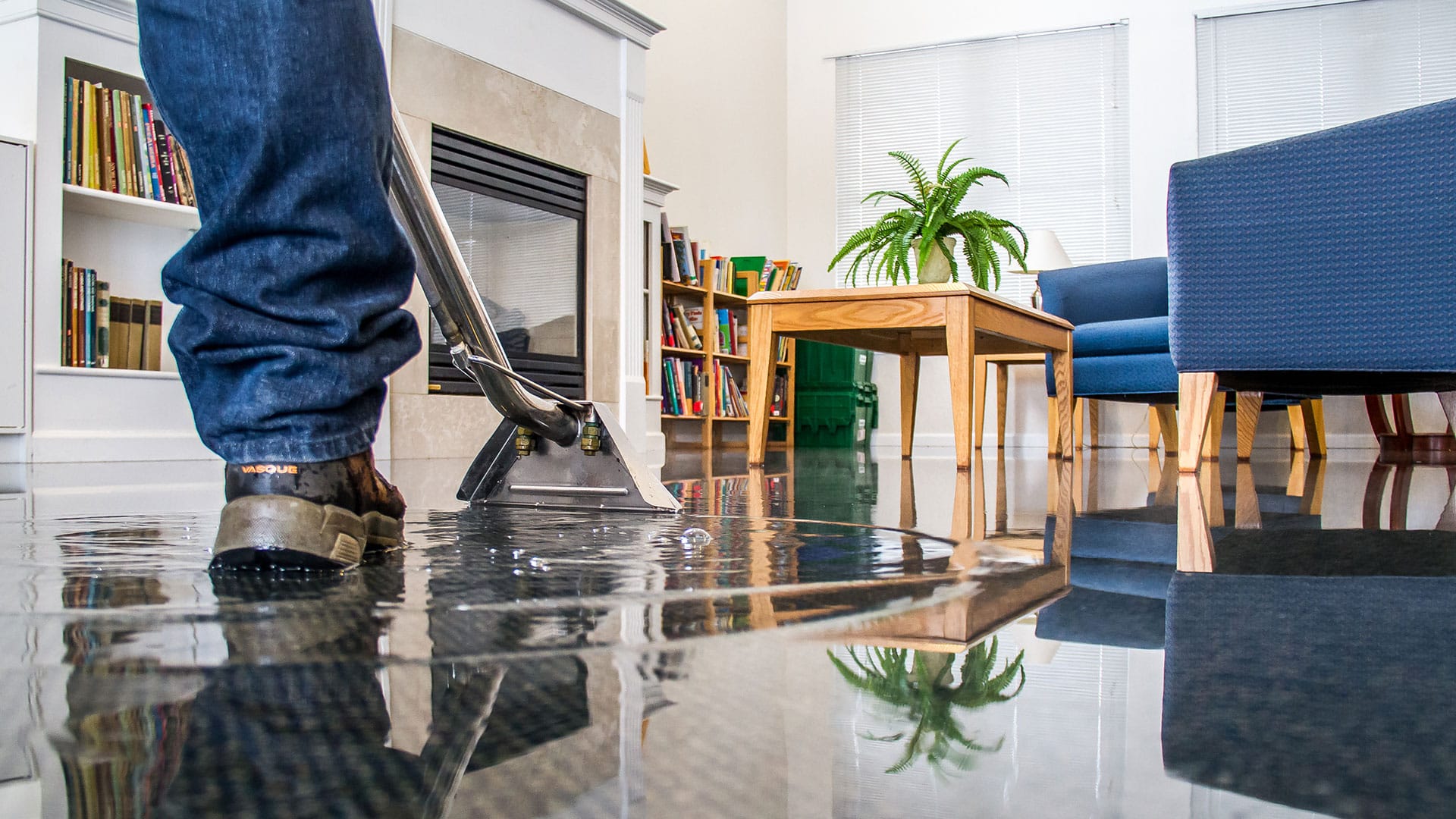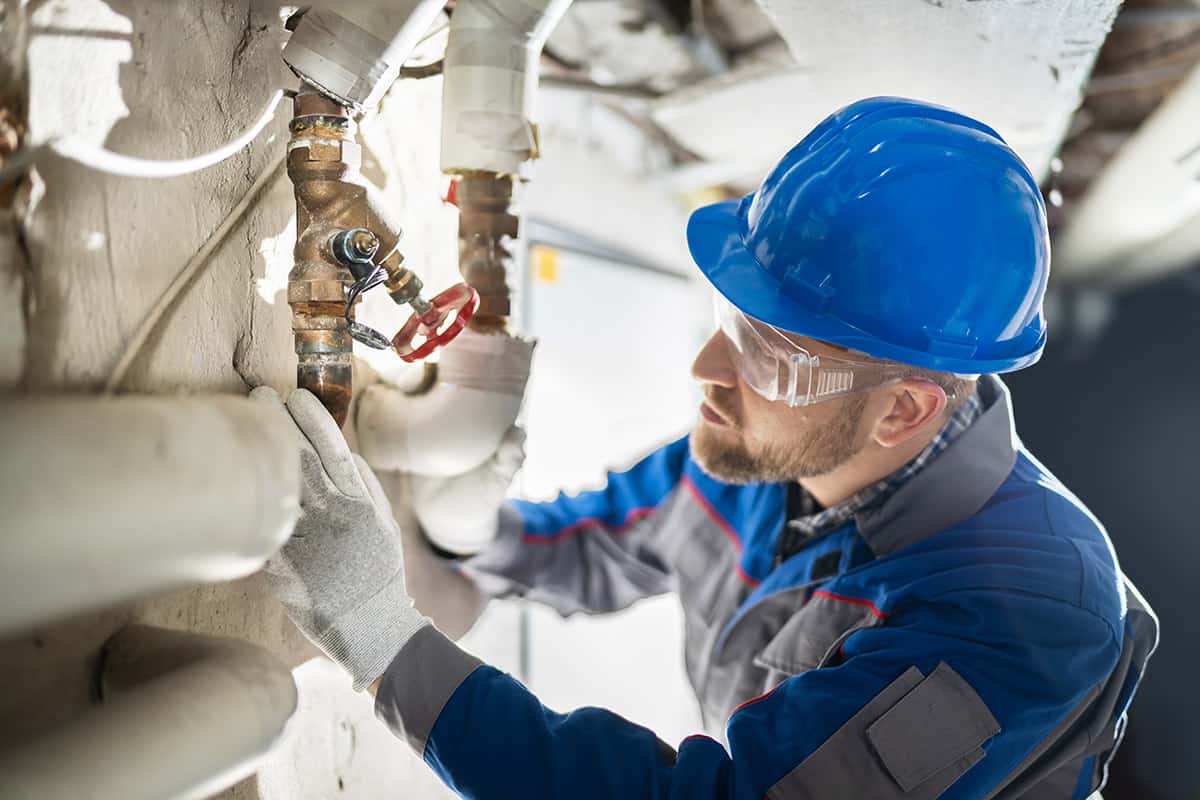Expert-recommended strategies for fast Water Damage Restoration
Wiki Article
Water Damage Restoration 101: Recognizing the Process and Cost
Water damage can strike all of a sudden, leaving homeowners in a state of complication. Understanding the remediation process is necessary for effective recuperation. From assessing the damage to choosing the best provider, each step impacts the overall outcome and price. Variables such as the sort of water damage and seriousness also play a substantial role. What are the certain strategies used in remediation, and just how can one prepare for prospective expenditures?Kinds of Water Damage

Preliminary Evaluation and Examination

Water Removal Strategies
Adhering to the preliminary assessment, reliable water extraction techniques are used to reduce damage and prevent further problems. These techniques include making use of specialized devices such as submersible pumps and industrial-grade vacuum cleaners - Water Damage Restoration. The choice of approach depends upon the volume of water existing and the kind of materials impacted. For standing water, submersible pumps are typically made use of for fast elimination, while vacuums are optimal for drawing out water from carpets and upholstery. In addition, advanced techniques like water removal mats might be used for hard-to-reach locations - Water Damage Restoration. The goal is to remove as much water as feasible, reducing the potential for mold and mildew development and structural damage. Motivate and efficient water removal is necessary in the general water damage repair processDrying Out and Dehumidification Process
Once the water removal is complete, the drying out and dehumidification procedure comes to be important to recovering the damaged area. This stage normally utilizes industrial-grade dehumidifiers and air moving companies to successfully lower dampness levels. The dehumidifiers pull in wet air, removing excess moisture, while air moving companies circulate air to increase dissipation. Surveillance devices is usually made use of to track humidity and temperature degrees, ensuring optimal drying out conditions. The duration of this process can vary depending upon the level of the water damage and environmental aspects. It is important to completely dry all affected products, including wall surfaces, floor covering, and home furnishings, to avoid mold growth and structural damage. Correct implementation of this action is essential for an effective remediation outcome.Cleansing and Sterilizing Afflicted Locations
As soon as the drying procedure is complete, an extensive preliminary analysis and examination of influenced locations is important to identify contamination levels. Reliable cleaning techniques and ideal products need to after that be employed to eliminate particles and stains. Sanitization and disinfection approaches are necessary to ensure that unsafe virus are removed, bring back the space to a risk-free problem.Initial Analysis and Inspection
Before starting any type of remediation efforts, a complete first analysis and assessment of the affected locations are vital for efficient cleansing and sanitizing. This process includes determining the degree of water damage, establishing the resource of the water breach, and reviewing the materials affected. Examiners usually look for indications of mold and mildew development, structural stability concerns, and damaged items. The evaluation additionally consists of examining wetness levels utilizing specific tools to guarantee no concealed water pockets continue to be, as these can result in more difficulties. Recording the findings is necessary for preparing the next steps in the remediation process. An in-depth preliminary evaluation makes it possible for restoration professionals to devise a targeted method for efficient cleansing and disinfecting, inevitably reducing damage and health and wellness risks.Cleaning Up Methods and Products
Efficient cleansing and disinfecting of water-damaged locations call for a range of items and methods tailored to the specific materials affected. For porous surface areas like drywall and carpeting, removal techniques are read more important to remove excess moisture, complied with by deep cleansing with specialized cleaning agents. Non-porous materials such as floor tile or metal can be cleaned making use of commercial-grade cleaners that effectively eliminate impurities. Heavy steam cleaning is another effective technique, particularly for rugs and upholstery, as it utilizes high temperatures to get rid of germs and mold (Water Damage Restoration). In addition, environmentally friendly items are progressively prominent for their safety and effectiveness - Water Damage Restoration. Ultimately, picking the proper cleansing techniques and products not only guarantees immediate tidiness but additionally help in protecting against further damage and carcinogen connected with water intrusionSanitization and Disinfection Techniques
When dealing with water damage, proper sanitization and sanitation approaches are vital to guarantee the safety and security and health and wellness of the affected atmosphere. After initial cleansing, surfaces should be treated with proper anti-bacterials to remove pathogens, mold, and germs that prosper in moist problems. Common techniques include using EPA-approved chemical disinfectants, which can be applied with splashing or wiping strategies. Additionally, ultraviolet (UV) light systems can properly sanitize locations by neutralizing bacteria without extreme chemicals. The selection of approach frequently relies on the sort of materials impacted and the level of contamination. Ultimately, detailed sanitization not only recovers a secure home but likewise helps prevent future health risks related to lingering wetness and mold development.
Fixings and Restoration Options
Examining the damage triggered by water exposure is important for figuring out the ideal fixings and restoration alternatives. Homeowners may face different problems, consisting of damaged drywall, deformed flooring, and jeopardized architectural elements. Depending on the degree of the damage, repairs may involve changing areas of drywall, setting up brand-new flooring, or strengthening structural beam of lights. In situations of extreme damage, full replacement of affected products could be needed. Additionally, professional conservators usually advise making use of moisture meters to evaluate covert dampness degrees before selecting the most effective training course of activity. It is very important to act without delay to stop mold growth and more damage. Picking the ideal choices not only recovers the home yet likewise assures long-lasting safety and functionality.Elements Affecting Restoration Expenses

The extent of water damage straight affects the restoration sets you back property owners can anticipate to sustain. Aspects such as the resource of the water, the duration of direct exposure, and the affected materials greatly influence rates. Tidy water damage from a broken pipe is typically less expensive to recover contrasted to damage caused by sewage. In addition, the level of contamination dictates the requirement for specialized cleansing and disposal solutions, further boosting expenditures. Geographic place likewise plays a duty, as regional labor rates and availability of repair solutions can differ. Ultimately, the necessity of the feedback influences expenses; quicker interventions typically bring about lower overall costs by stopping more damage. Understanding these variables is vital for homeowners when approximating repair expenses.
The three primary kinds of water damage are categorized based on contamination levels: tidy water, grey water, and black water. A comprehensive first analysis and assessment are important actions in the water damage reconstruction procedure. For standing water, completely submersible pumps are commonly utilized for fast elimination, while vacuum cleaners are perfect for extracting water from carpetings and furniture. The extent of water damage straight impacts the reconstruction costs homeowners can anticipate to incur. Tidy water damage from a damaged pipe is usually much less costly to bring back compared to damage created by sewage.
Report this wiki page